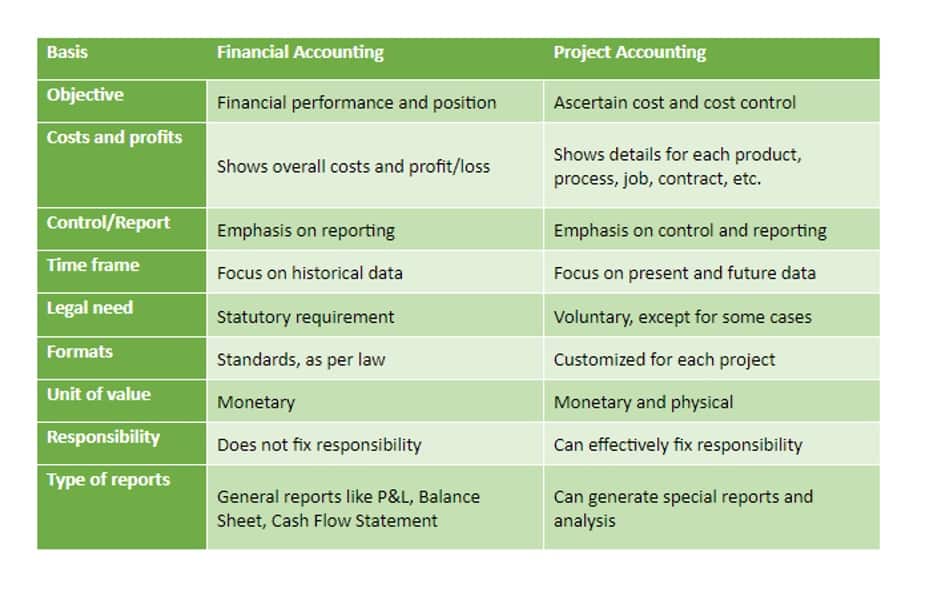
To the best of our knowledge and belief, https://www.bookstime.com/articles/freshbooks no events have occurred subsequent to the balance-sheet date and through the date of this letter that would require adjustment to or disclosure in the aforementioned financial statements. Presentation – this means that the descriptions and disclosures of transactions are relevant and easy to understand. There is a reference to transactions being appropriately aggregated or disaggregated. Disaggregation is the separation of an item, or an aggregated group of items, into component parts. The notes to the financial statements are often used to disaggregate totals shown in the statement of profit or loss. Materiality needs to be considered when judgements are made about the level of aggregation and disaggregation.
- Relevant tests – the test for transactions of checking purchase invoice postings to the appropriate accounts in the general ledger will be relevant again.
- Inventory is another area that auditors may review to determine that inventory is properly valued and recorded using the appropriate valuation methods.
- Relevant tests – physical verification of non–current assets, circularisation of receivables, payables and the bank letter.
- 13 See paragraph .12 of AS 2801, Subsequent Events, paragraph .10 of AS 4101,Responsibilities Regarding Filings Under Federal Securities Statutes, and paragraph .45, footnote 31 of AS 6101, Letters for Underwriters and Certain Other Requesting Parties.
- Likewise, we usually use these assertions to assess external financial reporting risks.
- In other words, if your small business is being audited, the auditor may ask for proof that the cash balance of your bank account belongs to the business.
AccountingTools
Inventory is another area that auditors may review to determine that inventory is properly valued and recorded using the appropriate valuation methods. Completeness, like existence, may examine bank statements and other banking records to determine that all deposits that have been made for the current period have been recorded by management on a timely basis. Management need not repeat all of the representations made in the previous representation letter. Completeness – that there are no omissions and assets and liabilities that should be recorded and disclosed have been. Related party transactions, balances and events have been disclosed accurately at their appropriate amounts. Transactions have been classified and presented fairly in the financial statements.
Strategic Supplier Management in the Financial Sector
Hence, the financial statements contain management’s assertions about the transactions, events and account balances and related disclosures that are required by the applicable accounting standards such as US GAAP or IFRS. Assertions are claims made by business owners and managers that the information included in company financial statements — such as a balance sheet, income statement, and statement of cash flows — is accurate. The quality of audit evidence is paramount, and auditors prioritize evidence that is relevant and reliable. For instance, third-party confirmations or auditor-generated evidence typically carry more weight than evidence that is solely provided by the management assertions auditing entity’s management. Auditors use their professional judgment to determine the sufficiency of the evidence gathered, which involves evaluating its ability to appropriately support the management’s assertions. This judgment is based on the auditor’s experience, the nature of the financial statement item, and the circumstances under which the evidence is obtained.
Using Information Produced by the Company

Certain terms are used in the illustrative letter that are described elsewhere in authoritative literature. Examples are fraud, in AS 2401, Consideration of Fraud in a Financial Statement Audit, and related parties, in AS 2410, Related Parties. To avoid misunderstanding concerning the meaning of such terms, the auditor may wish to furnish those definitions to management or request that the definitions be included in the written representations. Describe substantive procedures the auditor should perform to obtain sufficient and appropriate audit evidence in relation to the VALUATION of X Co’s inventory. Audit entity owns or controls the inventory recognized in the financial statements. Any inventory held by the audit entity on account of another entity has not been recognized as part of inventory of the audit entity.

Completeness of information is vital to ensure that all disclosures that should have been included in the financial statements are present. Classification and understandability assertions require that financial information is appropriately presented and that disclosures are clear and comprehensible to users. Finally, accuracy and valuation assertions ensure that financial and other information is disclosed fairly and at appropriate https://www.facebook.com/BooksTimeInc/ amounts.

